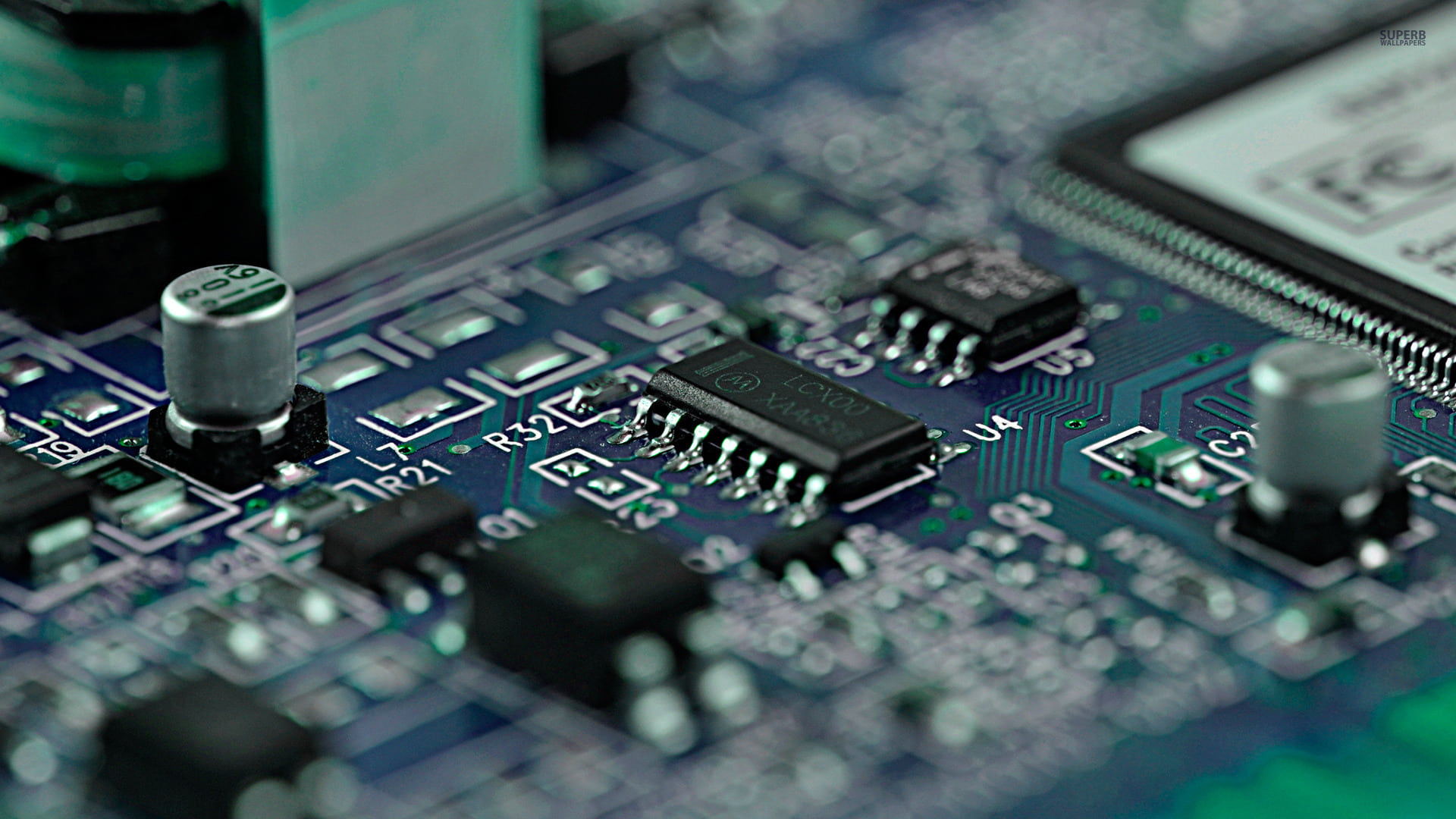SYSTEM DEVELOPMENT
We possess extensive expertise in developing electronic systems customized to the specific needs of marine and industrial projects, as well as in providing custom product development based on client specifications. Our core strengths in this field include:
- ❖ Architectural Design based on Product Requirement Analysis.
- ❖ Detailed engineering and design specification development.
- ❖ Embedded software development, utilizing FPGA or ARM processor-based designs to create cohesive and integrated solutions according to specifications and design constraints.
- ❖ Functional verification, and implementation involving mapping, placing, and routing.
- ❖ System integration, testing, and validation, as well as debugging and optimization.
- ❖ Integration of wireless connectivity, cloud-based access, control, and monitoring features.
- ❖ Creation and verification of components and libraries, schematic entry for all blocks, PCB design, layout review, and signal integrity assessment.
- ❖ Custom enclosure fabrication and system deployment.
PCB DESIGN
At Ocean Electrical Ltd., we specialize in cutting-edge PCB design, creating robust and efficient layouts that seamlessly integrate with FPGA/ARM-based systems and mixed-signal circuit designs. Our expertise ensures high performance and reliability in every project.
- ❖ Conduct thorough simulations to address signal loss, noise susceptibility, power dissipation, overheating, impedance issues, and other potential malfunctions.
- ❖ Design and optimize mixed-signal PCBs for seamless integration of analog and digital components.
- ❖ Analyze signal behavior and logic rise/fall times to eliminate PCB design iterations, ensuring product integrity and fault-free circuit design.
- ❖ Conduct noise analysis at various frequencies and assess resonant behavior.
- ❖ Optimize airflow, temperature distribution, component placement, and the size and number of heatsinks and fans to prevent potential complications.
